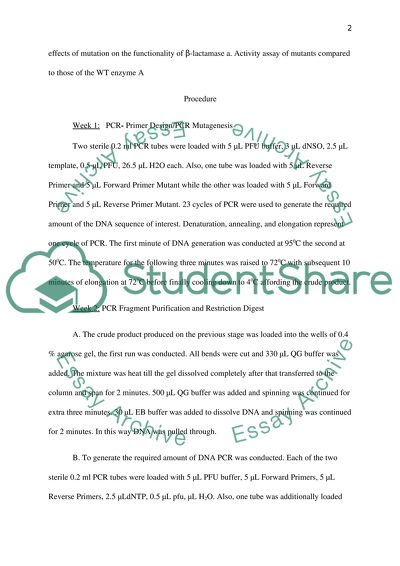Cite this document
(“Investigating the effects of mutation on active site amino acids of Lab Report”, n.d.)
Retrieved from https://studentshare.org/chemistry/1393232-investigating-the-effects-of-mutation-on-active
Retrieved from https://studentshare.org/chemistry/1393232-investigating-the-effects-of-mutation-on-active
(Investigating the Effects of Mutation on Active Site Amino Acids of Lab Report)
https://studentshare.org/chemistry/1393232-investigating-the-effects-of-mutation-on-active.
https://studentshare.org/chemistry/1393232-investigating-the-effects-of-mutation-on-active.
“Investigating the Effects of Mutation on Active Site Amino Acids of Lab Report”, n.d. https://studentshare.org/chemistry/1393232-investigating-the-effects-of-mutation-on-active.


